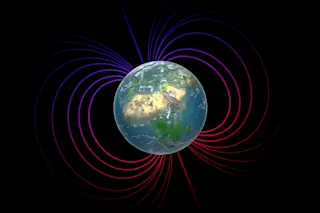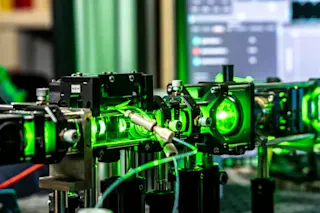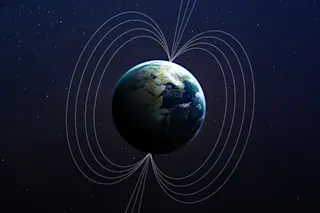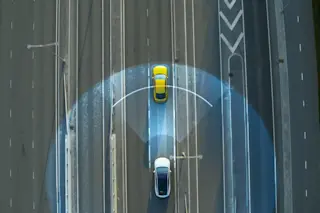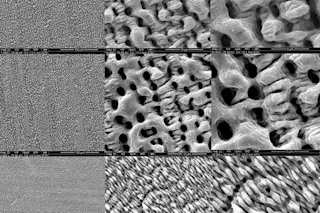Altair, a 32-foot-long aircraft based on a Predator drone, is advancing NASA's ambitious plan to develop a fleet of aerial vehicles that can carry out long-duration, high-altitude flights over inhospitable and inaccessible terrain—all without the aid of an onboard pilot. On June 9 Altair made a successful debut flight over the Mojave Desert. In future runs, the plane will test an advanced collision-avoidance system that will allow unmanned aerial vehicles, or UAVs, to pass safely through commercial airspace while conducting autonomous research missions.
Engineers at General Atomics Aeronautical Systems in San Diego have designed Altair to fly for 32 hours at a top altitude of 10 miles while carrying 750 pounds of payload, such as ozone sensors, radar, and imaging equipment. "Altair will be flown to remote areas of the Pacific, over the Arctic and Antarctic, to volcanoes and forest fires—where it is just too dangerous to send a manned ...




